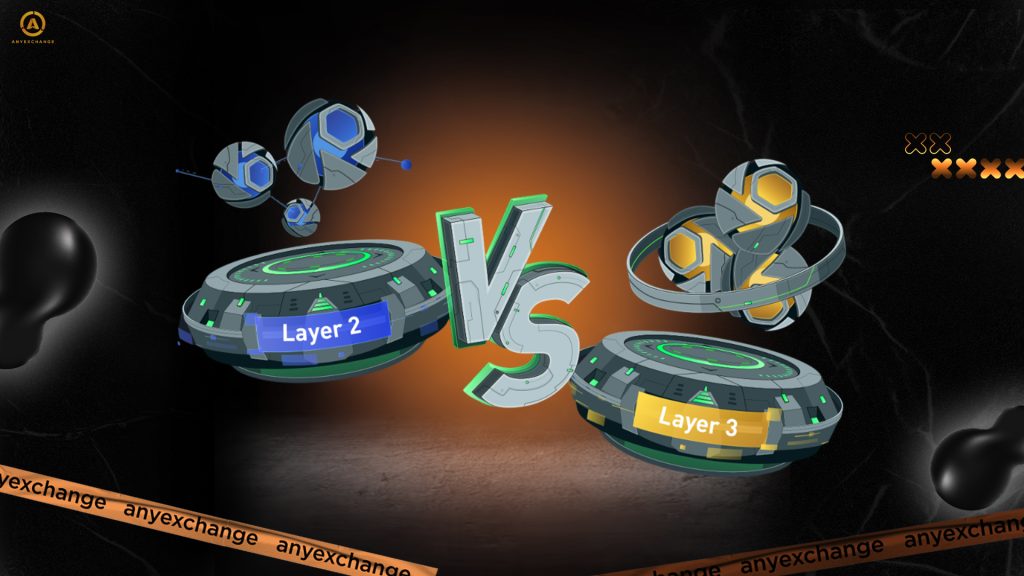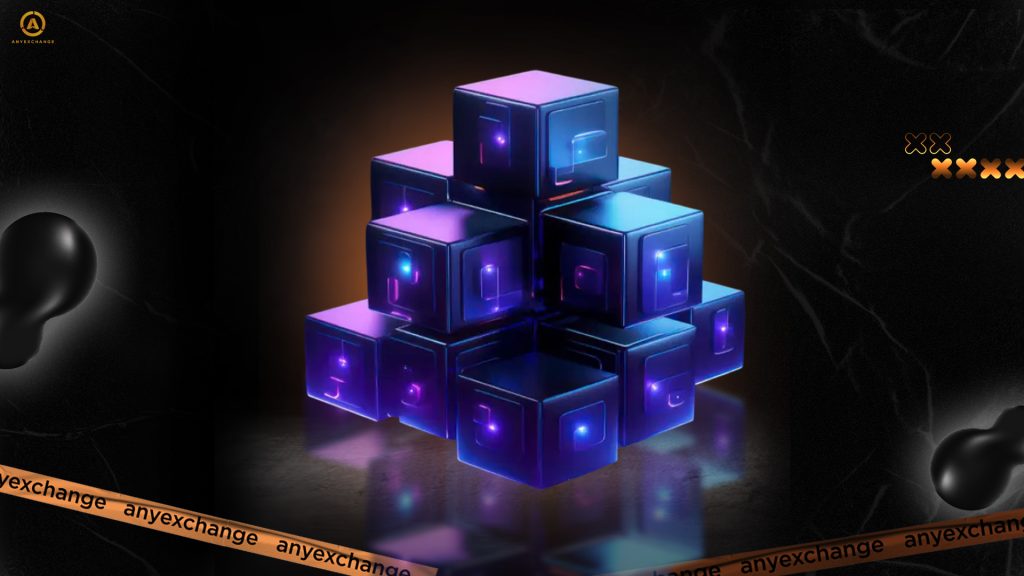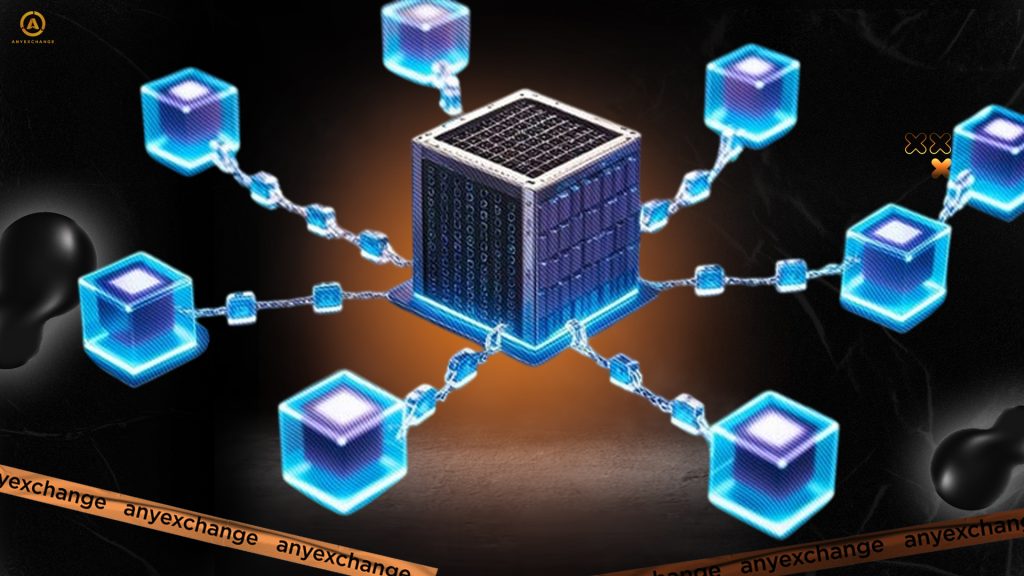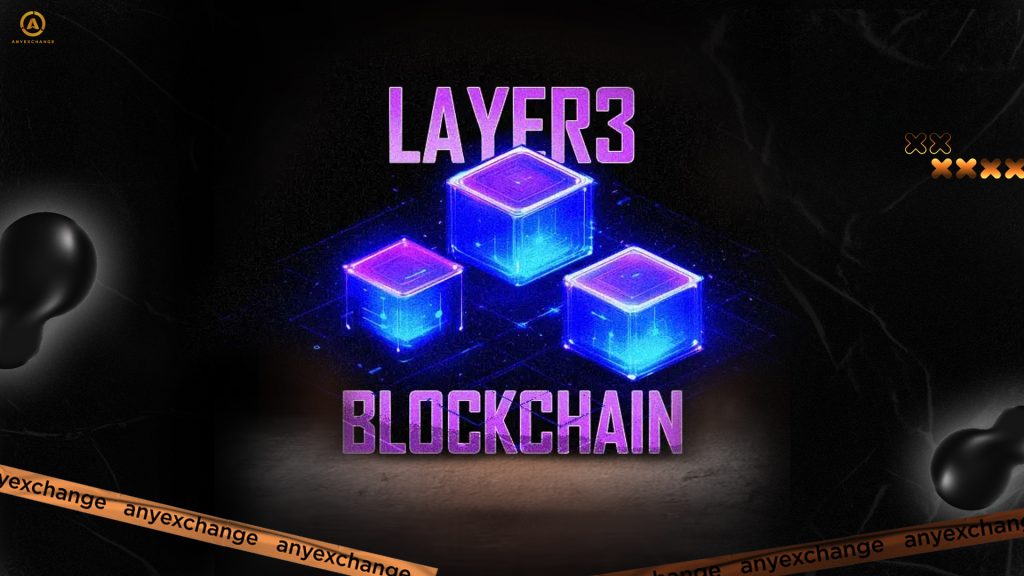
Modern blockchain technology has already come an impressive way, from experimental transaction recording systems to complex platforms for decentralized applications and global financial transactions. However, with the growing popularity of cryptocurrencies and Web3 ecosystems, the question of whether the current blockchain architecture can support further expansion is coming to the forefront. High bandwidth and low fees are no longer just user desires, but necessary conditions for global blockchain adoption.
The current state of affairs is that Layer-1 solutions such as Ethereum and Bitcoin suffer from congestion and high fees. Layer-2 solutions, such as rollups and sidechains, partially improve the situation, but also face limitations due to lack of flexibility and complex user experience.
And here we see the emergence of layer 3 blockchains that offer a new paradigm of scaling. These Layer-3 networks are built on top of Layer-2, providing a more versatile and customizable environment for applications ranging from gaming dApps to enterprise solutions. The blockchain innovations being realized in this technology segment open the door to a future where systеm scalability and adaptability become the norm, rather than the exception.
In this article, we will look at what Layer-3 blockchain is, how it relates to the previous two, what scalability solutions it offers, and what projects are already bringing this concept to life.
What are Layer-3 blockchains?

Layer-3 blockchains are an additional layer in the blockchain architecture designed for specific tasks that require even more optimization than Layer-2 can offer. While Layer-1 provides the underlying infrastructure and security, and Layer-2 focuses on improving blockchain scalability and reducing fees, the third layer builds on top of this framework, offering modularity and customization to meet the needs of specific applications and industries.
All three layers can be visualized as a functional hierarchy:
- Layer-1 is the foundation of decentralized networks: Ethereum, Bitcoin, Solana. This is where smart contracts, consensus and security are implemented.
- Layer-2 is performance improvement: Arbitrum, Optimism, zkSync. They solve the throughput problems of the parent blockchains without affecting the underlying layer.
- Layer-3 is a layer of specialization and customization: solutions are built to address specific use cases — gaming, private transactions, AI, logistics, and others.
Key Layer-3 features inсlude:
- Optimizing transactions for specific use cases.
- Create custom validation rules and interaction logic.
- Facilitating inter-network communication between different blockchain protocols.
Technically, L3 networks can be built as application-specific blockchains or as rollups with custom logic. These provide much greater flexibility for developers and reduce dependency on the constraints of the underlying layer.
Scalability issues in blockchains

Blockchain scalability is one of the key issues holding back the development of decentralized systems. Classic Layer-1 blockchains were originally designed with a focus on security and decentralization. However, this architecture had obvious limitations in terms of bandwidth and, consequently, transaction speed. For example, Bitcoin processes about 7 transactions per second (TPS), Ethereum — up to 15-30 TPS. In the context of global demand, this is grossly insufficient.
To overcome these limitations, a second layer, Layer-2, has been developed. These solutions take transaction processing out of the main blockchain and return only aggregated data to the underlying network, significantly reducing the load and fees. Arbitrum and Optimism, for example, are already capable of processing thousands of TPS.
However, Layer-2 also faces a number of significant challenges:
- Lack of versatility: Not all decentralized applications can be effectively deployed on Layer-2.
- User experience limitations: complexity of interactions, asset bridging, synchronization issues between levels.
- Low adaptability in enterprise environments with strict requirements for customization, security, and privacy.
It is these challenges that have set the stage for L3 networks, which can give developers more control over the logic and the ability to build custom solutions. Layer 3 blockchain offers not just “more TPS” but a structural approach where blockchain scalability is achieved through modularity, flexibility, and tight integration with specific use cases.
Benefits of Layer-3 blockchains
- Speed and throughput. By placing logic on a separate layer and customizing execution, Layer-3 is capable of tens and hundreds of thousands of transactions per second, making it ideal for high-load scenarios, from DeFi to meta-universes.
- Reduce costs. By optimizing transactions and isolating them within separate L3 networks, lower fees are achieved for both users and developers. Layer 3 operates as an add-on to Layer 2, inheriting and scaling the cost efficiencies of L2.
- Flexibility and modularity. Developers get the ability to build decentralized applications with unique rules for logic, validation, access, and even their own tokenomics. In other words, layer 3 blockchains are ideal for specific tasks — from gamification to supply chains. This approach multiplies the efficiency of blockchains in specialized scenarios.
- Interoperability. Layer-3 can act as a “bridge” between different networks and layers, enabling seamless interoperability between blockchains. This is especially important for Web3 applications running in a multi-network environment, where easy communication between different L2s and L1s is required. Some L3 projects are already implementing multi-chain support at the protocol level.
- Environmentally friendly. By reducing the load on Layer 1 and minimizing transaction validation costs, Layer 3 scaling technologies help reduce energy consumption. This strengthens their position in the context of sustainability.
Layer-3 Examples and Projects
Layer-3 is a trend that is currently in its formative stages.
The formal classification of blockchains by layers (Layer-1, Layer-2, and beyond) has been formalized in professional discourse since 2018-2019. The emergence of the third layer of the blockchain is associated with 2022-2023, when projects such as zkSync, StarkNet and Arbitrum began to implement specific models of “superstructures over Layer-2” focused on specific tasks.
Let’s take a look at some of the most interesting projects that have pioneered the realization of L3 networks.
- zkStack from zkSync. The Matter Labs team offers a modular stack that can be used to create custom Layer3 solutions — “hyperchains”. These networks can be customized for different tasks while inheriting the security of zkSync Era (L2). Thanks to the zkRollup technology, they offer high throughput as well as increased data protection.
- StarkEx + Appchains. L3 solutions based on the Cairo language are actively developed in the StarkNet ecosystem. Custom appchains are already being built with a focus on games, NFTs and trading platforms. Such chains offer full customization of execution, minimal commissions, and independence from main network congestion.
- Xai Network. Built as a Layer-3 over Arbitrum Orbit, Xai focuses on gamification and high-speed transactions. Its mission is to simplify Web3 game development by providing players with a native UX and near-instantaneous interaction that cannot be achieved on L1 or even L2.
Experts point to finance, gaming, IoT and social networking as ideal areas for Level 3 solutions. And a number of projects are already successfully implementing innovations in these scenarios.
Finance:
- zkDollar — an experimental L3 stablecoin based on zkSync hyperchains that enables instant micropayments with zero fees.
- Manta Pacific L3 — a custom solution focused on private DeFi products, including anonymous lending platforms.
- Fluent Finance — a project to develop a CBDC compliant protocol on L3.
Gaming:
- Xai Network — an L3 gaming network on Arbitrum Orbit designed for Web3 gaming with high transaction rates and native NFT infrastructure.
- Dojo (on StarkNet L3) — a toolkit for creating games with full on-chain simulation, including strategy and turn-based RPGs.
IoT:
- Peaq Network — a network based on a modular L3 architecture that enables millions of IoT devices to communicate with minimal latency and without overloading the underlying blockchain.
- Robonomics L3 (Polkadot ecosystem) — а custom L3 infrastructure for real-time interaction between robots and the blockchain.
Social networking:
- Lens Protocol L3 — an add-on to Polygon zkEVM to enable greater customization, privacy, and scalability of social activities.
- Farcaster — L2 social network plans to migrate some features to L3 to reduce costs and optimize scaling.
Layer 3 Challenges and Limitations
- Technical complexity. Building Layer-3 scaling technologies requires a high degree of modularity and interoperability. Developers must consider a layered architecture where data synchronization, transaction completion, and verification mechanisms become more complex.
- Security and decentralization. Layer 3 blockchain networks often have to make compromises to optimize transactions. Some use partially centralized mechanisms such as proprietary consensus, which can reduce trust.
- Competition with Layer 1 and Layer 2. Not all ecosystems are ready to implement another layer, especially when Layer-2 already solves most of the problems. This creates a Layer-2 vs. Layer-3 debate in the community, where some see L3 as redundant and others see it as a necessary step towards blockchain efficiency.
- New attack vectors and vulnerabilities. Each additional layer increases the attack surface. Since L3 often uses cross-chain infrastructure, this creates additional threats.
The Future of Layer-3 Blockchains

Layer-3 blockchains pave the way for a more mature and specialized blockchain infrastructure capable of supporting billions of users. Their key role is to make decentralized networks truly scalable, convenient, and tailored to specific tasks.
One of the main areas of development will be integration with Web3. L3’s solutions make it possible to run decentralized applications with low fees and high performance, which is crucial for attracting mass users.
Experts predict that by 2026, the majority of new dApps will run on Layer-3, either as appchains or as custom L3 networks on top of the popular L2.
In this way, the blockchain architecture is gradually transforming, with Layer-1 becoming the “root of truth,” Layer-2 the universal processing engine, and Layer-3 the place where custom, adaptive, and user-friendly products are born. Although the technology is still young, its potential is already evident — the future of blockchains is unimaginable without Layer-3.
Thank you for your time. Invest safely and profitably!
AnyExchange is an exchanger, through which you can convert cryptocurrency at the most favorable rate, as well as make fast and anonymous money transfers all over the world.
FAQ
What is a Layer-3 Blockchain?
It is an additional layer in the blockchain stack, built on top of Layer-2, designed for highly specialized tasks — from gamification to social networking to DeFi.
How is Layer 3 different from Layer 2?
L2 increases general purpose scalability, while L3 focuses on specific use cases and provides custom environments for applications.
What problems does Layer 3 solve?
It helps achieve high bandwidth, reduce fees, customize smart contract logic, and facilitate interoperability between networks.
When will Layer-3 go mainstream?
The technology is actively developing and it is estimated that within 1-2 years we can expect mass adoption of L3 networks in various industries.
Are Layer 3 blockchains secure?
The security of L3 depends on the architecture and implementation. When properly integrated with L1/L2, they can be very secure, but require special attention to decentralization and auditing.






